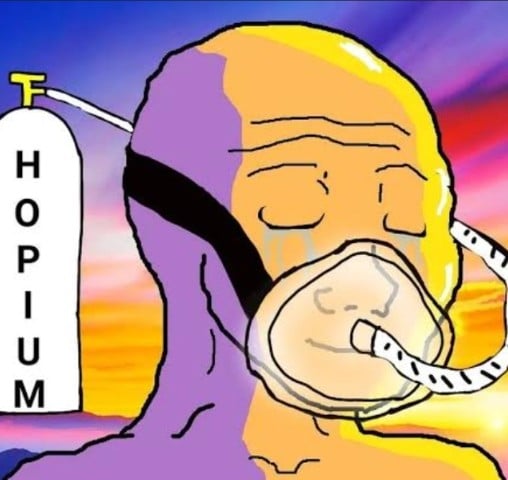

Do you have a source for that? I am unaware of any modern hard drives that support reading individual bits; the minimum unit of data that can be read is generally one sector, or 512 bytes. If the sector fails to be read, the drive will usually attempt to read it several times before giving up and reporting a read error to the PC.
Data recovery companies can remove the platters from a damaged drive and put them in a working drive, as long as the platters are in good condition, preventing further damage. (If the platters themselves are damaged, you’re screwed either way).











Water cooling is lame, liquid nitrogen cooling is the way to go!